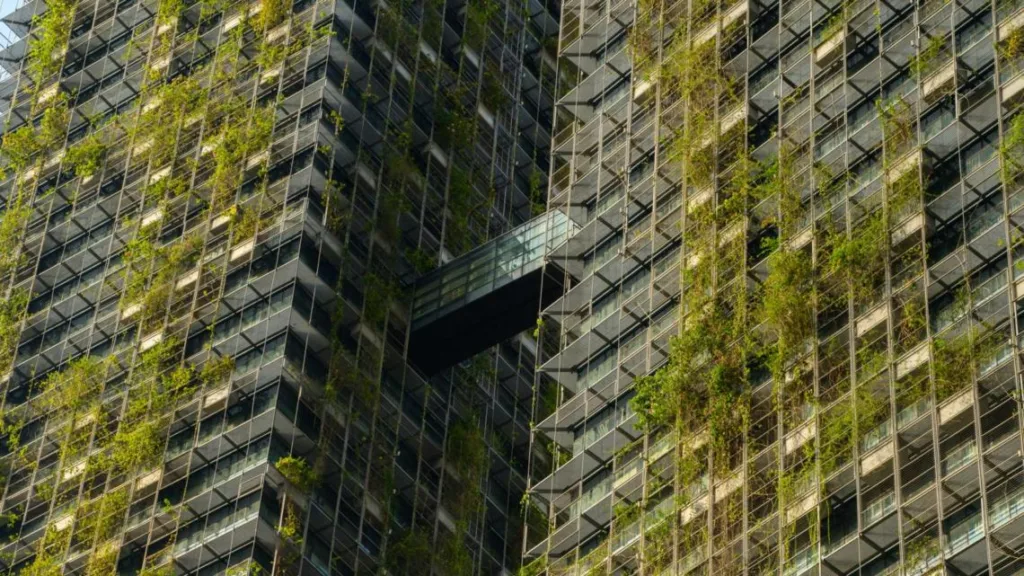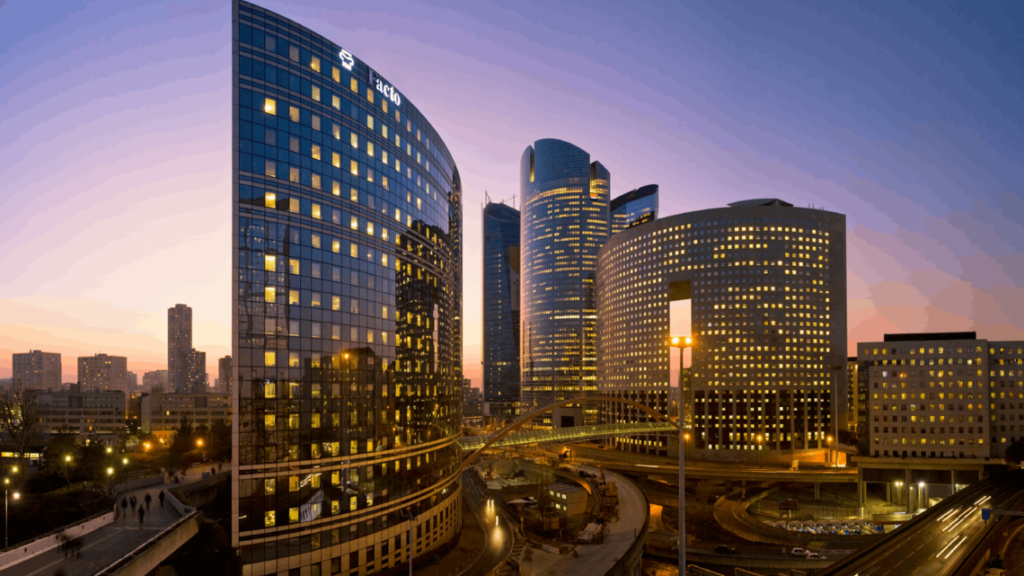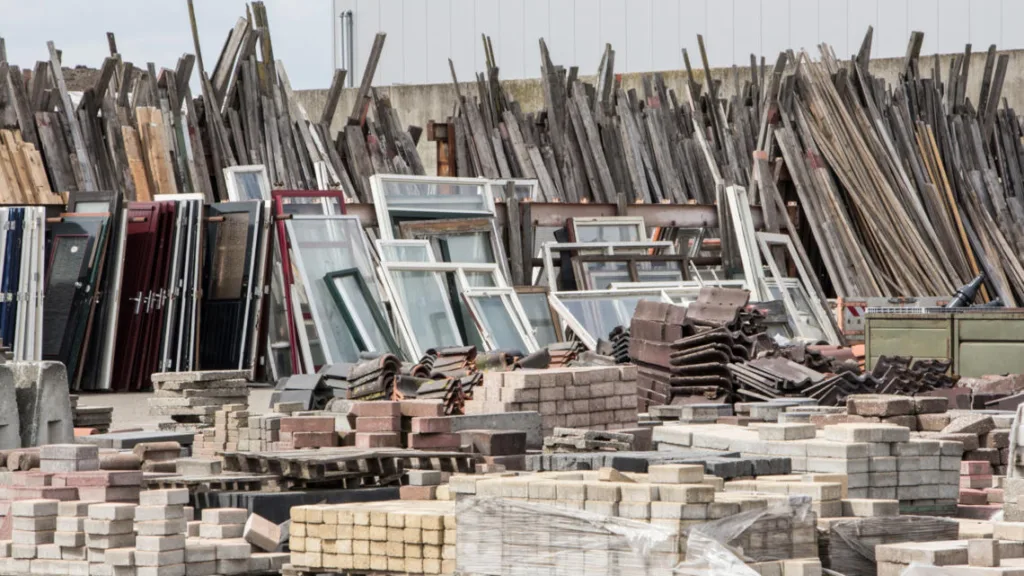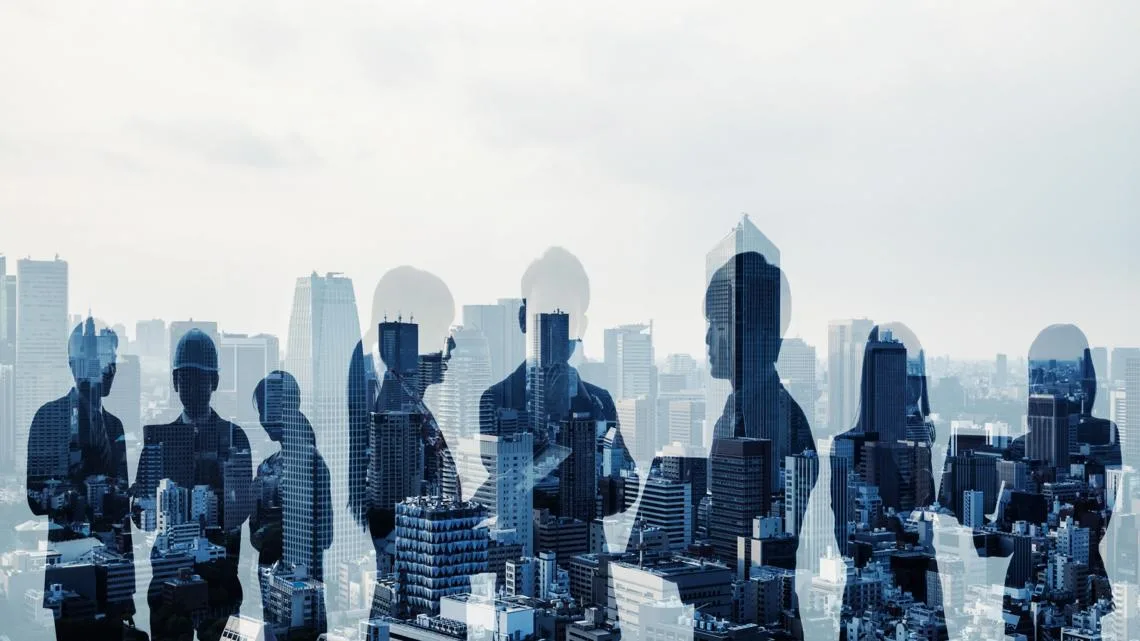Authors
Cristiana Ciaraldi
The long-term impacts of COVID-19 on the built environment are difficult to predict, but it’s certain that throughout history, our cities and buildings have been shaped by our response to shocks and diseases. From the Romans’ introduction of sewage systems through to cholera’s influence in the 19th century on the modern street grid, epidemics and infections have always played their part in cities’ design.
In the COVID-19 recovery period, governments and businesses will be forced to rethink their strategic planning for real estate assets and find new pathways for accelerating the transition to sustainability. This article maps the trends sparked by the pandemic in our city landscapes and opens a discussion on what’s next.
During these uncertain times, we continue to work with our members and partners to leverage our expertise and support the critical role of business in responses to new urban challenges. In that spirit, we have discussed the effects of COVID-19 on cities with our member companies Arcadis, Arup, Saint-Gobain and Skanska. Their ideas are featured in this article, highlighting some of the business risks and opportunities ahead of us.
Use of space
Even before the pandemic, there were plenty of reasons to be concerned about health and air quality in the buildings where we live and work. Healthier indoor environments don’t just keep us from getting sick—they also enhance cognitive performance.
It’s very likely that, from now on, healthier buildings will benefit from a competitive advantage. People will focus on natural light, improved ventilation, fewer toxic substances and the incorporation of plants and other natural materials in their living spaces. Rooftop terraces, balconies and courtyards, spaces for exercise and meditation could become standard.
The most valuable healthy building tool during the COVID-19 outbreak has been advanced ventilation, particularly in hospitals. Many natural systems, such as daylight and natural ventilation, don’t just reduce energy consumption and support human health—they also support more diverse indoor microbial ecosystems and reduce pathogens.
Recent years have seen a boom of co-working spaces, but now the density in offices is likely to change. We could see a move away from open-plan layouts toward spaces with better ventilation and windows that open. Many people are likely to continue working from home and think about using the office only when they have meetings with colleagues or clients. Large spaces will have to be rethought in order to maintain social distancing, including corridors, doorways, partitions between departments and staircases.
The forced lockdowns and retreat into home isolation has also heightened our awareness of the role our surroundings play in our health and wellbeing. In confinement, we were rethinking our needs, along with the “new normal”: from green areas, rooftops, natural light and ventilation to balconies, etc.
“How will we use (office) space in the future is currently unknown. Will we need more space because of social distancing or less because of increased homeworking? For sure, focusing on health and comfort will increase also in residential housing, since people are spending more time at home.” Emmanuel Normant – VP Sustainable Development, Saint-Gobain
Will there be a drop in demand for space? Some companies are eyeing the possibility of reducing office space and saving money on rents. Or perhaps there will be an increased push to make these spaces more versatile, for example to support teleworking hubs, or using car parking spaces for bike parking instead.
Density in cities
The pandemic will not only have an impact on indoor environments but will also potentially reshape our cities. There is a risk that the COVID-19 crisis could revive the suburban model of a single-family house supported by private cars, which would spur urban sprawl and diminish cities’ greatest strength – their density.
The good news is that the dense urban environment can actually be an asset in fighting disasters like COVID-19. Density means that cities can more easily concentrate resources and social services where they are needed. Residents, in principle, have easier and quicker access to hospitals and health care. And social infrastructure – such as libraries and public parks — can generate networks of social ties that help to combat isolation. Some architects are rethinking urban infrastructure to promote a more local lifestyle.
From using stimulus funds to install electric vehicle charging stations to reserving space once limited for cars to pedestrians and cycling, many cities are hoping to build resilience by fighting the virus, climate and air pollution crises together.
Milan’s “strade aperte” (open streets) plan is to introduce one of Europe’s most ambitious schemes for reallocating street space from cars to cycling and walking, in response to the coronavirus crisis.
“To react on the temporary abnormal: in Holland the restaurants and bars are claiming parts of public space to stay open and at the same time keep social distance. This has a huge impact on inner-city public space.” Niels van Geenhuizen – Global Sustainable Solutions Leader, Arcadis.
From making city cycling safer to promoting social distancing green spaces, these are the changes we could see in the coming years.
At the same time, distance communication could bring major change to cities and suburbs. The time savings of not commuting from home, the increased familiarity with telemedicine and distance learning and the increased acceptance of digital connectivity, could bolster smaller cities and rural areas.
Air quality
The benefits of a well-planned compact city include shorter commute times, cleaner air, less noise and reduced consumption of fossil fuels and energy.
The rapid spread of COVID-19 has forced many governments to impose long city lockdowns. Other than curbing the outbreak of the virus, the lockdowns have led to a radical improvement in air quality across the globe. The clean skies have offered a glimpse into what a healthier future could look like and the world might show reluctance towards returning to business as usual.
But bringing about change requires effort. After a sharp decline, in China pollution is rising again as industry recovers.
“Air pollution will increasingly be an issue going forward. Partly due to a possible connection making the pandemic worse – but also due to higher focus on health i.e. air pollution killing millions and damaging quality of life. Therefore energy efficiency, the transition to renewables and electrical mobility will increase in importance”. Lena Hök – Senior VP, Green & Communities Investment, Skanska.
In fact, research shows that there seems to be a correlation between high levels of air pollution and number of deaths from COVID-19. Other studies have linked NO2 exposure to health damage, and particularly lung disease, which could make people more likely to die if they contract the virus.
Studies have also shown that air pollution particles do harbor microbes and that pollution is likely to carry viruses over considerable distances, reinforcing the need for cleaner air.
Modular construction & digitalization
As the pandemic has spread, the most pressing need in architecture has been speed: the quick creation of emergency facilities like hospitals, quarantine centers, testing sites and temporary lodgings. That demand has prompted an overwhelming response, much of it employing new techniques such as modular construction, which has long been touted as a fast, flexible, less wasteful alternative to traditional building. Advanced technologies will also be key as they enable cities to “know” more, collaborate more effectively and become more responsive.
“This crisis will help to speed up modular construction. Adaptability, the possibility to adapt space depending on needs: offices/residential/other functions, will become key”. Jeroen Westgeest – Commercial Manager, Arcadis
Economy recovery plans
Although vital for building emergency and other needed facilities, many construction companies are currently facing challenges related to delays in supplies, shut down of sites, employee health and the return to work. Some real estate operators are facing increases in unpaid rent. Municipal finances will also be under pressure in coming months and years, a problem many cities will face around the world as they emerge from lockdown.
“The value of supply chain resilience in building design & procurement will be interesting to see. Building sites are running in London but material/component supply is very patchy and heavily impacting progress – for example façade delivery from other countries is currently difficult. More local and interchangeable specification might be considered for the future” Chris Carroll – Director, Arup
The construction sector is essential for an economic recovery after the COVID-19 crisis. It can rapidly create large amounts of jobs and involves far-reaching value chains of small and large businesses. As governments are putting in place stimulus packages, we have an unprecedented opportunity to rethink the entire approach to designing, constructing and managing buildings from the triple perspective of health, safety and climate.
Many initiatives, such as the Business ambition for 1.5°C, Green Recovery Alliance and Build Back Better, are focusing on ensuring the recovery becomes a unique opportunity to accelerate the decarbonization to achieve net-zero. At WBCSD, we are determined to take ambitious action to shape the “new normal” and to achieve our Vision 2050. Recently we launched our SOS 1.5 science-based roadmap to help companies of all sizes and sectors transform their operations and align with 1.5°C. If the collective of government, business, real estate and shareholders can agree on the importance and benefits of decarbonization priorities, the COVID-19 recovery era can be positive for the climate.
“Refurbishment of existing building stock and energy efficiency will have to be included in recovery packages. Solutions as energy-plus houses, means that buildings can be producers of clean energy, and even share overabundance to electrical vehicles. We need to ensure that Governments and Investors stick to their climate commitments when planning stimulus/investment packages to be a transformative force”. Lena Hök, Skanska
As we re-evaluate the role of the built environment and how to recover from this unprecedent period, it is an opportunity to include major commitments to retrofit and energy efficiency.
Developing resilient and adaptable infrastructure alongside zero emissions public transport- such as expanding bike lanes and sidewalk space for pedestrians – will support the restoration of trees and green areas, while clean energy and affordable housing can promote health and wellbeing. Through all of this, we will also create green and sustainable jobs that support our capacity to build the future we want.
In the COVID-19 recovery period, governments and businesses have a vast opportunity to rethink their strategic planning and find new pathways for accelerating the transition to sustainability. Continued collective business leadership will be crucial this year for making the 2020s a decade of positive and lasting changes in the built environment.
Join us on 23 June to learn more
As part of WBCSD’s virtual event series, on 23 June 2020, representatives of leading companies and real estate experts will share their current experience and projections for how the recovery from the global pandemic may shape the built environment and urban space. Sign up here!
WBCSD news articles and insights may be republished in accordance with the Creative Commons Attribution-NonCommercial-NoDerivatives 4.0 International Public License, and in accordance with our Privacy Policy. All Content must be featured with due credits.
Outline
Related
Content

WBCSD and FIDIC sign collaboration agreement to accelerate the transition to sustainable infrastructure
3 April, 2023

The finance sector can accelerate the transformation to a net-zero built environment – Here’s how
13 March, 2023

A first step toward measuring circular buildings
15 December, 2022
